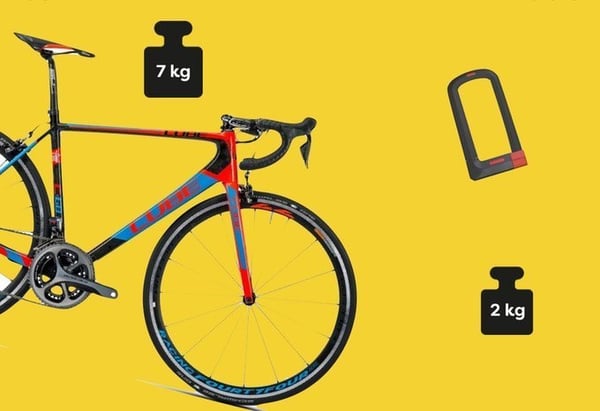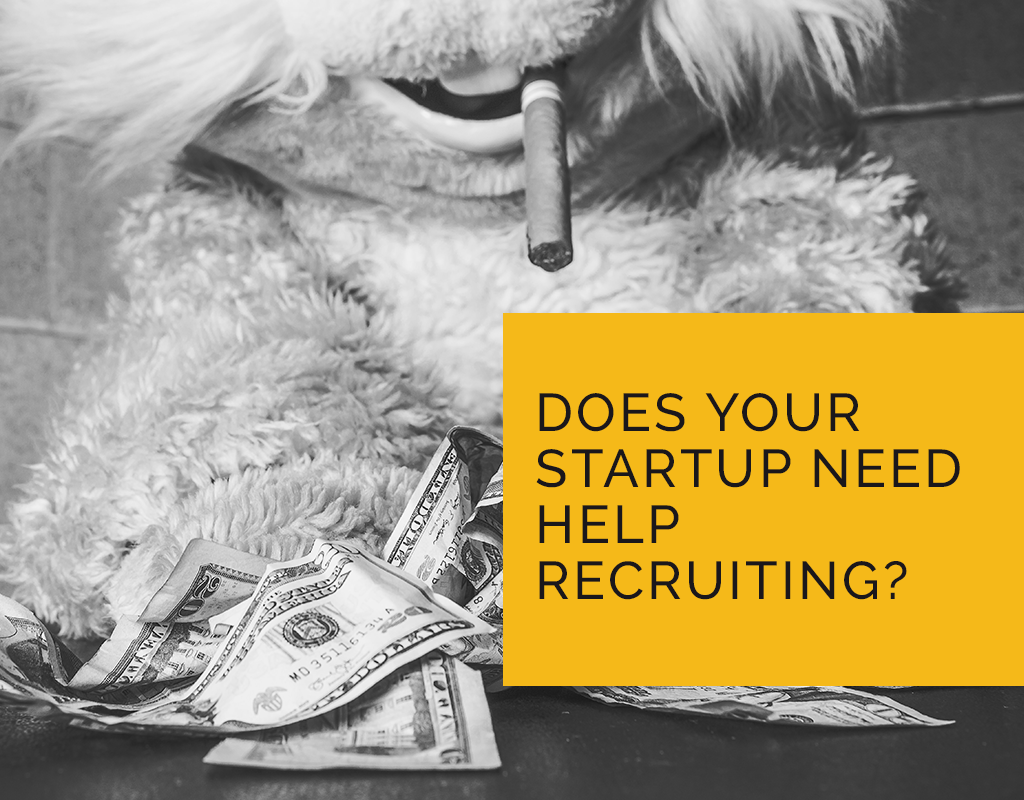Startup accelerators really love to talk about the “startup ecosystem”, and the reason for that is because we truly are in our own ecosystem. We have our own language, our own culture, and a unique set of goals that more traditional companies don’t usually share. But this is what actually makes us unique! The grand ability to take problems and develop solutions around them is what startups do best.
Within the startup world, there is an “funding” language within the startup language. Think of it as a special dialect of a main language, that not everybody that speaks the main language can quite understand. This concept gets even crazier as you implement international scaling because the terms become even regionally specific. Now, do I speak startup-fundingese? Absolutely not. I can talk in the dialect of startup-marketingese all day long, but start throwing investment terms at me, and you’ll very quickly see me start running for the door.
Enter Crowdfunding, a funding dialect that’s easier to understand
This is why I love the concept of crowdfunding. Crowdfunding is a very easy method to understand, doesn’t take a lot of time to get off the ground, and can seriously positive effects if the timing and the product are right. What is crowdfunding exactly? Well, to put it in the simplest terms, crowdfunding is basically a way to get the general public to support your idea. Wait, wait, wait, the general public you say? There’s no intense investor meetings, or legal stuff to go through, or competition, or “investor dating” that I need to go through with this? It’s open to the public? Well, yeah that’s exactly right.
If you’re passionate about your idea, you basically build a crowdfunding page on one of the many crowdfunding platforms out there and this acts as your “live pitch.” You set a funding goal that you want to reach, say 1000€, then you build the page to your liking, include all relevant offers and promotions, have any media that you like to best illustrate your offering, and you take it live. The page is then accessible on the platform you choose, and you can share it across social media channels and anywhere else, and have anyone visit the page and if they’re just as passionate about the idea as you are, then they can give money to support your funding goals.
The cool thing about crowdfunding is that it can really be for anything, not just business models and startups, but literally, anything. You can fund a singing group, or the need for you to fly to Bali to learn how to meditate to relieve startup stress, or anything else in between. It really opens up the world to be able to contribute financially to any cause one may deem worthy. Below is actually a great video that is only 1:40 long that illustrates this concept and makes it even a bit easier through visual aids.
Benefits crowdfunding has for startups and microinvestors
As I like to mention so often, the main 2 complaints we hear from startups here regardless if they’re working on fixing their struggles with online marketing or acquiring new funding, is that they don’t have enough time and that they don’t have enough money. Now will crowdfunding help you get more money, well if you hit your goals absolutely!
But the main thing is, crowdfunding can have some serious effects, and not cost you a lot of time. During our last Demo Day in January of 2017, we had a special keynote from Tim Koschella from AppLift. Tim made a statement that finding investors is very similar to dating. You have to get to know each other, meet a couple times, not seem desperate, and you don’t want to seem desperate! What a very perfect analogy ;)
Crowdfunding essentially removes all of this. There’s no need to go through the investor dance, and technically, any startup could have a crowdfunding become live and up and running within 30 minutes of reading this article. It may not be the most successful or beautiful campaign, but the point it is that you can get it done very quickly. This is a great advantage for startups, but it doesn’t end there.
The people who invest in crowdfunding, also known as microinvestors, get the potential to have early access to a product, and furthermore, now have the ability to invest whatever amount of money they want, into whatever product they way, in as many different projects as they want to, it’s just as fluid and easy for the microinvestors as it is for startups.
Furthermore, you’re joining in on the idea of forming a community. People like to be a part of things these days, and technology makes this possible. For the projects that truly do take off, those who contributed now claim the right to say they were a part of that project in the early stages.
Crowdfunding success with SpinLab startups
Crowdfunding is available on many platforms out there, some crowdfunding platforms even are specifically developed for a certain industry such as design or business, but two of the biggest crowdfunding names out there are Kickstarter and Indiegogo. They’ve got some impressive stats too:
- From the Kickstarter website, they state that since their launch on April 28, 2009, 12 million people have backed a project, 2.9 billion USD have been pledged, and 118,915 projects have been successfully funded.
- From the Indiegogo website, they state that they’ve raised over 1 billion USD from all projects, and have over 11 million contributions in over 223 different countries.
As you can see, there’s some serious attention and serious money going into these platforms. In recent years, we’ve had one of our own startups have significant success with crowdfunding.
tex-lock
tex-lock is a startup in our current 4th class, they manufacture lightweight bicycle locks made of textile, and they’ve recently launched their first Kickstarter crowdfunding campaign. As of writing this article, tex-lock’s Kickstarter campaign has been online for less than 24 full hours, and it has already generated over 34,000€!
We’re talking figures of over 1,000€ per hour, that’s some easy funding! They did a great job of raising awareness via their newsletter prior to the crowdfunding campaign, and people were ready to take advantage of the offer once it came live. We’d be honored if you also helped support their cause :)

This is one of our former startups that has experienced success. If you want to read even more about some massive success stories, you can see a list of the top 10 most funded crowdfunding campaigns ever raised.
Making sense of it all
Is crowdfunding a sure fire way to get a ton of funding? Not, that it is not. There have been many failures in crowdfunding, so it is not the unicorn of startup funding. But it can be a key asset for you if you do things right! Here’s some quick tips that our startups have used to help their crowdfunding campaigns experience success:
- Generate interest before the campaign goes live. Your crowdfunding campaign should not be the time to generate interest. Before it goes live, you should have a decent amount of people know you are ready to bite once you take it live. They should know who you are and they should know why they should care about you.
- Do your research Every crowdfunding platform has different terms, and maybe more importantly, each one can pay out the funds in very different ways. Find the one that best suits your niche, make sure you’re absolutely aware of how it pays and any other formalities you need to be aware of, before you commit!
- Set different brackets to commit. You’ll see in both of our startups’ examples, they have different amounts to contribute, and with each amount, comes a different level of prestige for the microinvestor.
- Create a sense of community. Remember, you’re not just selling a product, you’re selling innovation and your idea. Get people to feel like they belong to a community, not just like they’re throwing money at something.
- Make it personal. In the tex-lock crowdfunding campaign, one of their offerings for their higher level contributions is a night for drinks out with the founders. What a great experience for this microinvestor, to see tex-lock become wildly successful in the coming years only to remember the experience with the girls at a bar.
- Plan your page impeccably. Like with anything you put online, you should put a decent amount of planning into your crowdfunding campaign page. It needs to foster community, be clear, and really emphasize what you’re trying to accomplish. Utilize media, videos have worked very well in crowdfunding campaigns from all different areas.
So there you have it, if you’ve got a cool hardware product prototype and a fan base starting to build, why not give it a shot and tell us how it went! As always, we’d be delighted to hear your feedback, just leave us a comment below!






/RootCamp_Logo-Ecosystem.png?width=200&name=RootCamp_Logo-Ecosystem.png)
/Bitroad_Logo-Ecosystem.png?width=200&name=Bitroad_Logo-Ecosystem.png)



/White%20Versions/stadt_leipzig_white.png?width=130&name=stadt_leipzig_white.png)
/lfca_white.png?width=119&name=lfca_white.png)

/White%20Versions/sachsen_signet_white.png?width=65&height=79&name=sachsen_signet_white.png)